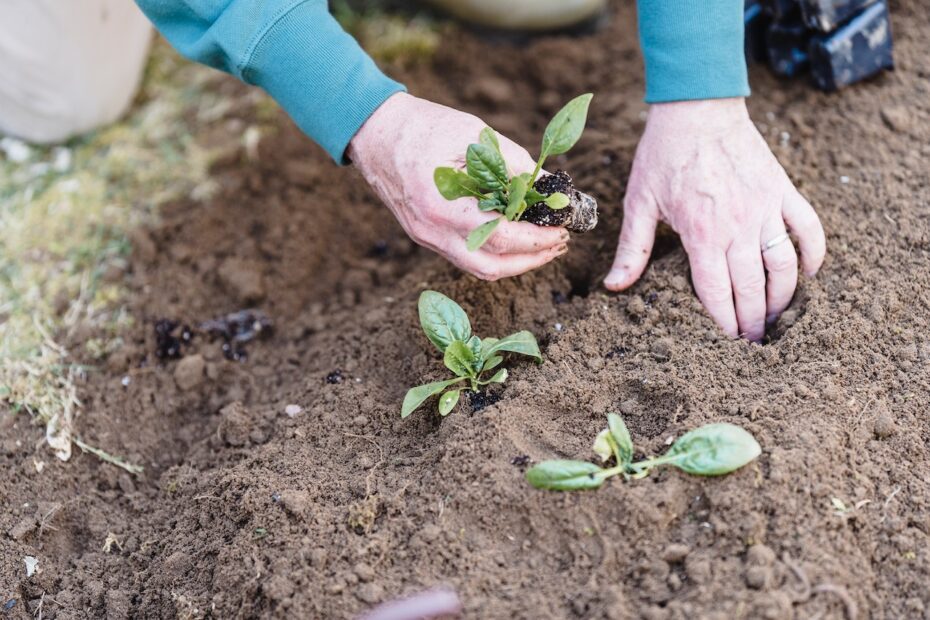A backyard greenhouse can be a good structure to have at home because it helps you grow food for your family. It can be especially useful for introducing fresh fruits and vegetables to your baby without added sugars and salt.
If you love working out and having a fit body, besides going to the gym and taking supplements like what this site offers, gardening is also a good form of exercise. Moving and bending around might cause body and muscle pain, but daily exercise can help with it. It’s essential to do stretching exercises for sciatica before and after you do gardening to prevent back pains.
Contents
Building A Greenhouse
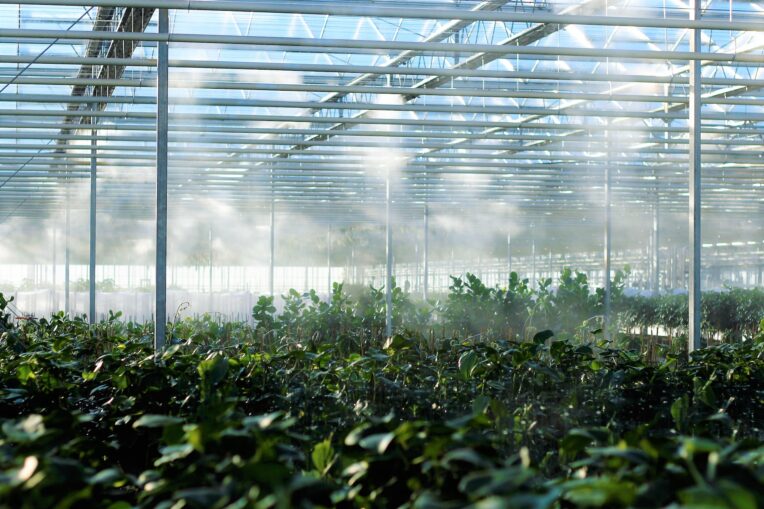
It’s cool to build a DIY greenhouse, but if you don’t have the tools or skills to do it, it’s really best to leave it up to the experts.
After all, you don’t want your greenhouse collapsing on you and your plants because you missed putting a support beam where it’s needed.
Even if you’re hiring a contractor to build your greenhouse, you can remain in control of its design and what materials you’ll use in constructing one.
These are some of the materials you can choose to build your backyard greenhouse:
- Wood frame with glass walls and roof
- Pipe metal frame with plastic roof and walls
- Metal frame with glass covering
There are also several designs for you to choose from, but note that the fancier ones are likely to be more expensive to build and maintain. You should be able to plan your resources before you start your greenhouse project, in order to have a clear picture on what and how you are going to complete it within your budget.
Depending on your needs and what you want to achieve in your backyard garden, you can have a small shed-like lean-to greenhouse or a fancier style such as gothic or sawtooth roofs. There are plenty of ideas you can find on the internet to help you decide on which style you want your greenhouse to look like. When buying the supplies, you can just show them a picture you found and that would be easier to achieve your backyard project.
Selecting A Site
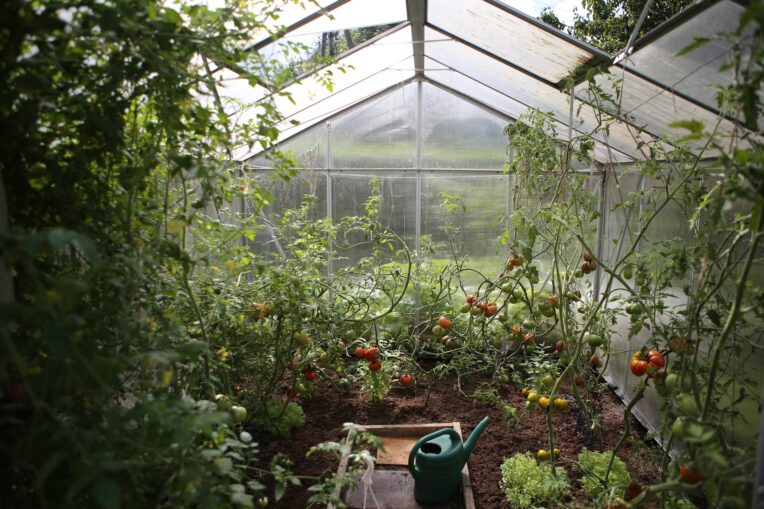
Don’t just consider the aesthetics of your greenhouse, but look into other important factors as well.
The greenhouse is supposed to receive maximum sunlight exposure because you want your plants and vegetables to bloom and grow, so build it somewhere that doesn’t get a lot of shade from taller buildings or trees. It’s actually a good idea to put it away from evergreens that won’t lose their shade even during winter.
Of course, you might not be able to plant a lot of veggies in the middle of winter, but it’s good to keep your greenhouse set up for soaking up the sun.
Try to find a spot where it can get as much sunlight as possible for at least six hours a day.
However, if you don’t have enough area for a structure that can receive full sunlight, you can install grow lights. It can compensate for the lack of solar energy.
Note that you’ll also need to consider utilities (electricity and water connections) as well as drainage for your greenhouse. Make sure also that there is a nearby water source so you can easily water your plants.
Some home gardeners find a landscape cloth useful in covering the ground. It can keep weeds away while also allowing proper drainage.
Growing Fresh Veggies At Home
If you’re a first-time gardener, don’t be discouraged if your vegetables don’t grow as expected or might not look like the pictures on the seed packet.
More often than not, you’ll encounter many stumbling blocks while trying to grow food at home, especially for the first time. Do not be discouraged, growing a greenhouse can be challenging at times, but it will be fulfilling to know you are dedicating your time and effort in something that will give a healthy positive impact to you and your family.
Choosing The Seeds
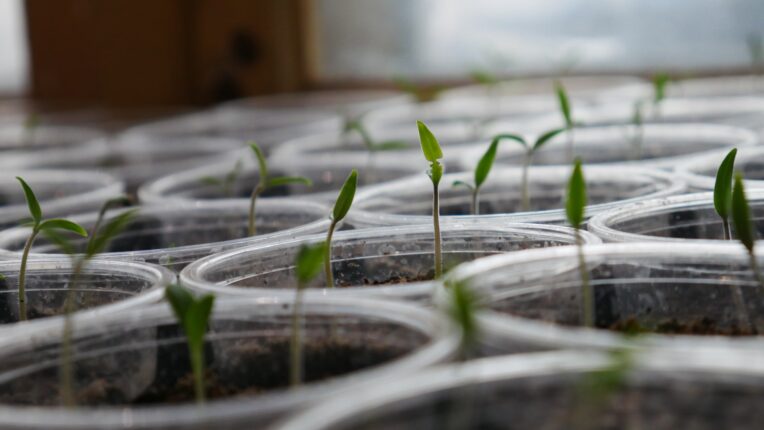
You can try choosing veggies that are commonly cultivated in your locality because others might require special preparations if they aren’t native to your place. You can also go to your local plant store to ask for tips and tricks in growing vegetables in your backyard.
However, some veggies can be a good pick for any gardening skill level. It’s good to watch video tutorials or carefully read the instructions on the seed packet before you begin planting.
Some examples of these easy-to-grow plants can include:
- Lettuce
- Tomatoes
- Beans
- Peppers
- Herbs (mint, parsley, or coriander)
- Cucumbers
- Squash
- Eggplant
- Spinach
- Carrots
- Radish
- Potatoes
Preparing The Soil
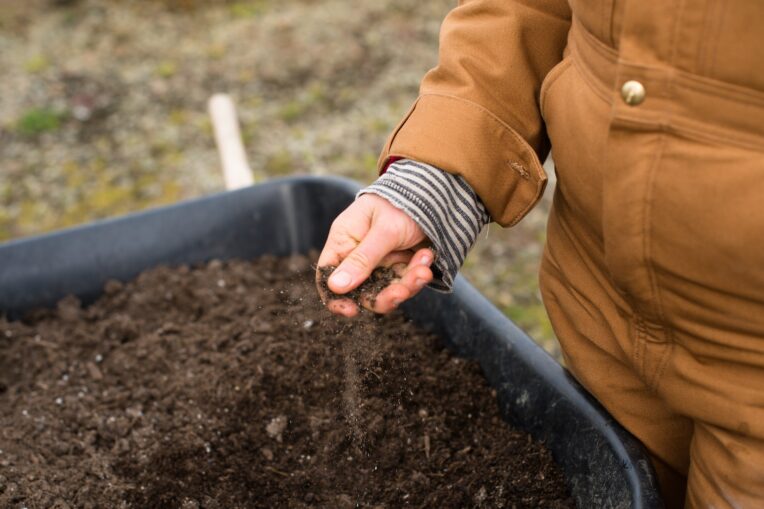
You might need to buy garden soil to grow your plants, though that can depend on the soil quality in your garden.
Some backyard gardeners find it easy to add fertilizer from their compost pit, but many shops also offer organic options if you don’t have one.
One big advantage of having a greenhouse is keeping your plants protected from many pests, too. But always be careful in bringing new plants inside. Inspect them carefully to ensure there aren’t any bugs, eggs, or larvae. Also have organic pest control on hand to make sure your garden is safe.
Harvesting Fresh Veggies
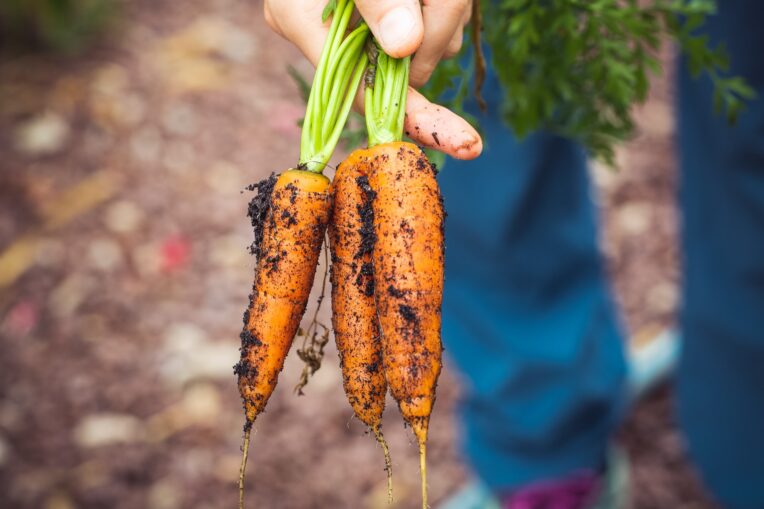
Different veggies grow at varied rates, but check the seed packet for their estimated harvest schedule. You can also check the internet from time to time because it has plenty of information that’s very useful if you want to grow a greenhouse.
Usually, the leafy green vegetables and herbs can be ready for harvesting as early as 30 days.
Beets, broccoli, turnips, and cucumbers might need around two months, while others like zucchini, eggplants, and squash need up to three months or more before you can harvest anything.
Gardening can sometimes be a backbreaking task, but it’s also a rewarding experience. Plus, eating and serving healthy fresh vegetables from your yard to your family is a big bonus from all those months of hard work.
